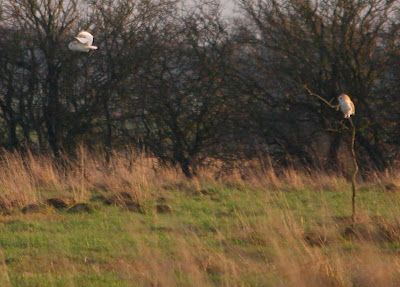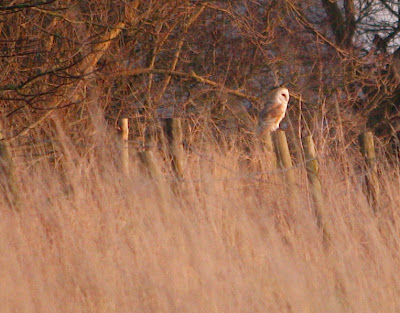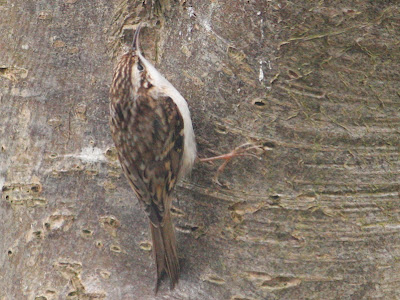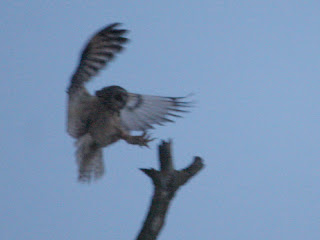I can't remember the first time I saw a Little Egret up north or at all, but that shows nothing other the state of my memory, but I don't think it was that long ago (when you get to my age... in the last ten years!), suffice to say I am sure I did a double-take and thought I was dreaming, I mean a relatively big white bird? Are you sure?
In fact now I think about it, I think the very first time I saw one/them was on a business trip to Singapore but I wasn't in 'birding' mode at that time (96 degrees and 95% humidity!) and I was working, honest. UK populations seems to have begun about 1989, so not that long ago either in the bigger scheme of things.
Anyhooo, the point being is the Little Egret has become 'so common' that I/we don't give them a second look, turn up on the south coast of Morecambe Bay and 'oh hey, one, two, three Little Egrets... next?
My visit to Knott End found me at Pressall Sands, nothing planned with a spare hour to spend and for once spent it following and watching these engaging birds. At first there were two and they were squabbling, or at least the dominant one was, over the same patch of salt marsh the tide not long receded. As always it was a horrible day with constant drizzle, no horizon, the sea disappearing into the sky. So here are some pics, really right on the edge as always, not close enough, and not enough light for them to be any good, but again a record of the bird and part of its activity.
 |
| "I thought I saw a twitcher' |
I have to say it does make me laugh when the RSPB state the Little Egret is a bird of the south coast, (not unlike Avocets) albeit spreading into Wales and East Anglia and northward. Considering how many are at Leighton Moss RSPB reserve, you think they might update the website information.
There are not many places where you get down onto the shoreline at Pressall Sands. Having spent an hour watching and following this Little Egret, which is one thing I really do enjoy, watching a species going about doing its own thing especially when for me it is 'opportunistic', I managed to do that 'move without moving' thing, (like the SAS!) where anyone watching must wonder 'what is going on?'. Anyway I crept motionless into position for the advancing Little Egret, waiting patiently, a bit of cramp (age), hidden in the sea wall rocks, camera set, on a monopod, in focus, much closer than these images, perfect ...
Press the shutter, these are going to be good...
'card full'!




















































